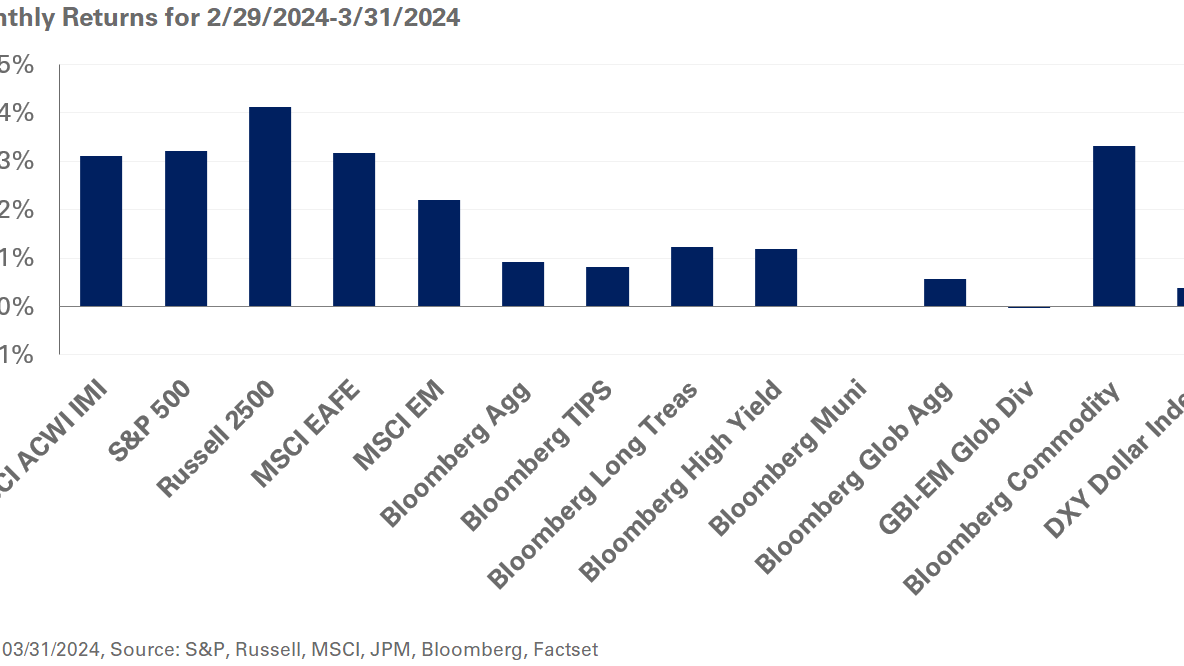In June 2008, energy’s weighting in the S&P 500 peaked at more than 16%, merely steps behind technology’s weighting in the benchmark index. Today, energy accounts for less than 5% of the total S&P 500. What factors have played a hand in the “great vanishing” of traditional oil and gas companies in the marketplace? And where do ultra-high-net-worth investors go as the energy sector experiences rapid change?
Below, we explore the investing trends within the energy sector over the past 15 years and provide insights into the conversations we are having with our private clients on energy investment opportunities.
Investing in the Wake of the Great Vanishing
The energy sector has undergone a significant shift over the past decade. Cost-effective alternative energy sources and more concrete concerns about greenhouse gas emissions have generated a view among investors that traditional oil and gas energy stocks present significant risks and insufficient opportunity. The dwindling enthusiasm for traditional energy is the key reason that the sector has declined so precipitously within the S&P 500.
To date, this trend is mirrored in private wealth portfolios, where oil and gas firms have decreased as a percentage of assets. Traditional energy has not disappeared entirely from portfolios (and is not likely to soon) since many ultra-high-net-worth clients use passive indexed portfolios containing energy securities. Still, there is an overall trend away from energy-related securities, among both public and private investors.
As oil and gas companies decline within client portfolios, the obvious pivot would be toward green energy and energy transition opportunities. The Infrastructure Investment and Jobs Act (IIJA) and Inflation Reduction Act (IRA) created new tailwinds for the energy sector. These tailwinds will accelerate innovation within the global energy space, particularly for technologies supporting energy transition and climate improvement. Progress in these areas will require significant capital, especially as several programs and projects are backed by federal loans, grants and loan guarantees.
For the time being, a majority of the most appealing alternative energy opportunities are in the private market space, including early-stage and more speculative types of companies. The emergent nature of these companies has slowed the pivot within the energy sector but, as new technologies are proven, the transition will accelerate. Investors with significant wealth already recognize alternative energy as an opportunity, albeit one that requires careful treading in the short term.
What specific opportunities should investors look for within the energy space? The IIJA and IRA expanded focus on U.S. infrastructure. Billions of dollars in federal funding are earmarked for companies involved in the improvement and upgrade of America’s infrastructure, including a focus on the clean energy sector. Globally, the Russia-Ukraine war has accelerated Europe’s timetable for reducing its reliance on oil and gas imports and accelerated its focus on transitioning to clean energy alternatives.
Forward-Thinking Investing with a Traditional Approach
As new opportunities appear within the energy sector, fundamental investing principles still apply. Early-stage technologies and other emerging assets can be attractive for those seeking higher returns, but technologies that are too speculative can introduce unnecessary risk. Instead, we encourage our clients to look for proven energy-relate equities that meet both a short- and long-term need, such as companies creating technologies for cleaner extraction or building components for electric vehicles.
Traditional diversification principles also apply when investing in the changing energy space. Real assets – such as real estate, precious metals for mining, and timber – can provide an inflation hedge as well as an income yield. Our advice is to focus on sectors and technologies that are less reliant on factors such as gross domestic product (GDP) growth and more supported by long-term tailwinds that are not as sensitive to transient market returns.
The “fundamentals-first” approach serves investors who are seeking returns and wanting to add more assets focused on environmental, social and governance (ESG) factors to their portfolios. As with traditional investments, we encourage clients seeking to make an impact to look for investments based on the portfolio manager’s process and strategies, not the underlying holdings within the fund. We encourage our private wealth clients to look for asset classes that not only address their desire to make an impact, but also align with their target return and tax profile.
Looking Toward the Future
The energy sector will continue to rapidly shift over the next few years. As it does, new opportunities will continue to present themselves for investors. Although the traditional private energy market has experienced a contraction over the past few years, infrastructure commitments and technological advancements will result in renewed investor interest. In the next few years, we expect to see an increase in total dollars deployed across energy transitions strategies domestically, especially as additional infrastructure projects commence. New climate-friendly and energy-saving technologies will also continue to emerge at a rapid pace, opening the door to new short- and long term opportunities for investors.
This piece was written by Karen Harding, CFA, Partner and Team Leader of NEPC’s Private Wealth Group, in conjunction with Matthew Ritter, CAIA, Partner and Head of NEPC’s Real Assets Investments team.
To learn more about NEPC’s private wealth offerings, visit our private wealth site here.



